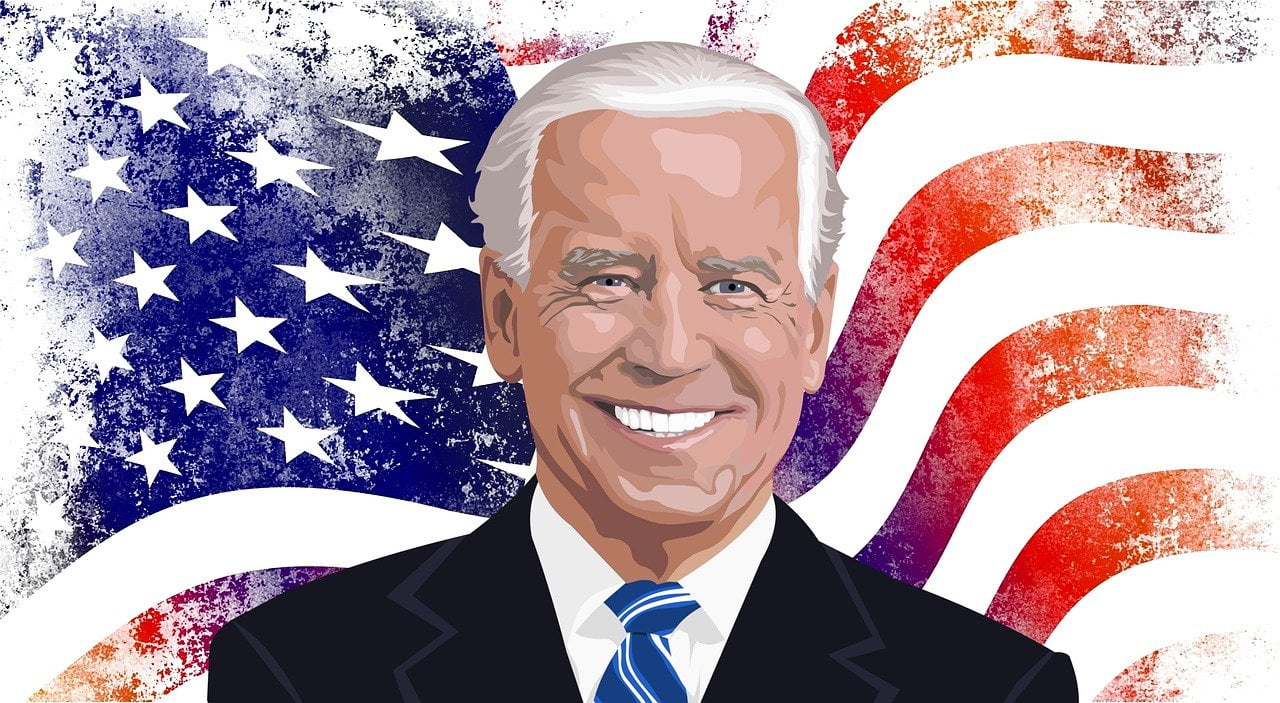As an economic experiment, the communist system of central planning constituted a major hindrance to development. This was especially true for Russia’s oil sector.
In 2017, Russia ranks among the world’s largest oil producers, contributing about 12 percent of global production. That production percentage is similar to that of a century ago: in the revolutionary year of 1917, around 15 percent of the world’s petroleum came from the oilfields of Baku, which at that time was part of the Russian Empire.
Between the booms of pre-Revolutionary Baku and post-Soviet Russia, the Soviet Union built its own massive and globally influential oil sector, although it operated in ways that differed substantially from the world’s capitalist oil industry. The major Soviet discoveries of oil deposits in the Volga-Urals during the 1940s and 50s (prompting the region to be dubbed as the ‘Second Baku’) and in Western Siberia during the 1960s and 70s thus flowed along distinctive paths—into the world’s first socialist oil industry.
In pre-Revolutionary Baku—as in the global oil industry since the era of Rockefeller’s Standard Oil—the gathering of production, refining and distribution into a single entity served to limit competition and exert control over oil supply (and price). In sharp contrast, the Bolshevik seizure of power in 1917 spawned a system in which the Soviet party-state centralized economic production and distribution, resulting in the creation of entirely separate ministries for oil production and refining, with still other ministries in charge of transport and distribution.
Centralization meant that the vertically integrated oil operations of the tsarist era broke apart. Coordination among different points in the Soviet oil supply chain took place not among enterprises themselves, but in protracted negotiations among their parent ministries and the central-planning apparatus.
Even as the country constantly struggled to produce more oil to fuel industrial development, bolster military capabilities and export supplies to much of the rest of the socialist world, Soviet central planning created what capitalist oil industry observers would see as massive inefficiencies. Drilling plans, for example, were calculated in number of meters drilled. This practice often incentivized teams to attempt to fulfill their plans by continuing to drill even after a location was clearly dry, or to drill a series of shallow holes in easy-to-excavate layers of the subsoil, rather than spend more time on deeper or more complicated boreholes.
When such practices were added to the already unpredictable nature of drilling for oil, it is easy to see why Soviet central planners rarely had a good fix on how much oil was being produced, or how much they could count on producing in future years.
Soviet oil revenues, too, worked in different ways than in capitalist oil contexts. The hard currency or bartered goods that the Soviet Union earned from the export of oil flowed directly into central coffers, never returning profits to regions of production. Thus, the Soviet Union never experienced the “boom town” phenomenon so familiar in the United States and much of the rest of the oil-producing world. Indeed, Soviet oil enterprises were not even particularly influential in their own regions of operation. The sector also did not necessarily attract the best and the brightest: in a political and economic order that emphasized heavy industry and metallurgy, the oil sector was rarely a stepping stone to high positions in the party-state apparatus.
The Soviet oil industry was far from the prestigious and powerful player that it was in the oil-producing states of the 20th-century capitalist world. Soviet oil enterprises were influential in the oilfield company towns they created and managed, and revenues from oil exports were important for the Soviet central budget—particularly in the Soviet Union’s last decades. Yet the sector was generally considered to be grubby and low-prestige. Stalin, after all, was the man of steel, and the Soviet flag featured a hammer and sickle, not an oil well.
These distinctive elements of the socialist oil industry made the transformations of the post-Soviet period especially turbulent. Amid the privatization process in the 1990s, there were high-profile struggles for control of production fields. The period also featured constantly shifting, multi-dimensional battles to create vertically integrated oil companies out of the hundreds of independent units—production, refining, transport, distribution, construction, and more—set loose by the dissolution of major Soviet oil ministries.
Other notable transformations followed. By the late 1990s and early 2000s, the flow of massive wealth into these new companies’ areas of operation—rather than simply into the Soviet central budget—quickly placed oil sector employees and executives in the unfamiliar positions of being rich, powerful, and influential. The industry’s sudden wealth made it a prime target of criticism from a general population that could not help but notice that the nation’s natural resource base was benefiting the few at the expense of the many.
Some echoes of the Soviet system remain, especially in the inherited expectation that enterprises should support the “company towns” and regions in which they work by doing more than simply paying taxes—a practice now often cast in the global language of corporate social responsibility.
In many other respects, however, including in its close relationship with the Russian state and its participation in international markets and bids for production contracts in the Middle East, Africa, and beyond, the Russian oil complex is now closer in its structure and operations to 21st-century oil industries elsewhere around the world than to its Soviet forebears.
Editor's Note: Douglas Rogers is Associate Professor of Anthropology at Yale University. He is the author of two award-winning books based on ethnographic and archival research in the Perm region of the Russian Federation: The Old Faith and the Russian Land: A Historical Ethnography of Ethics in the Urals (Cornell, 2009) and The Depths of Russia: Oil, Power, and Culture After Socialism (Cornell, 2015). The Depths of Russia tells the history of the Soviet and Russian oil industry from the late 1920s into the present day by focusing on a single oil-producing region: the Perm region of the Russian Urals. Making extensive use of ethnographic fieldwork and interviews, the book places particular emphasis on the transformations of the 1990s and 2000s, when Lukoil rose to political, economic, and cultural power in the region.
Article by Douglas Rogers, EurasiaNet






